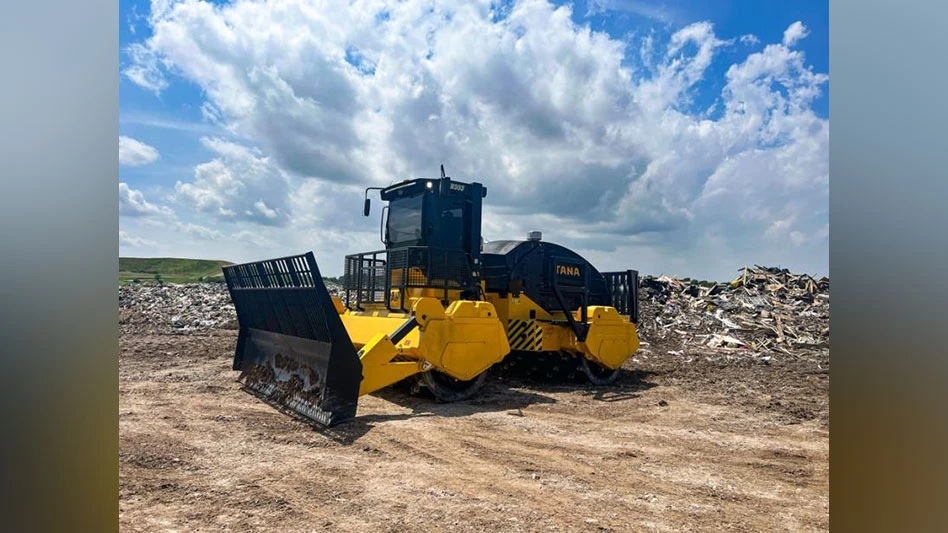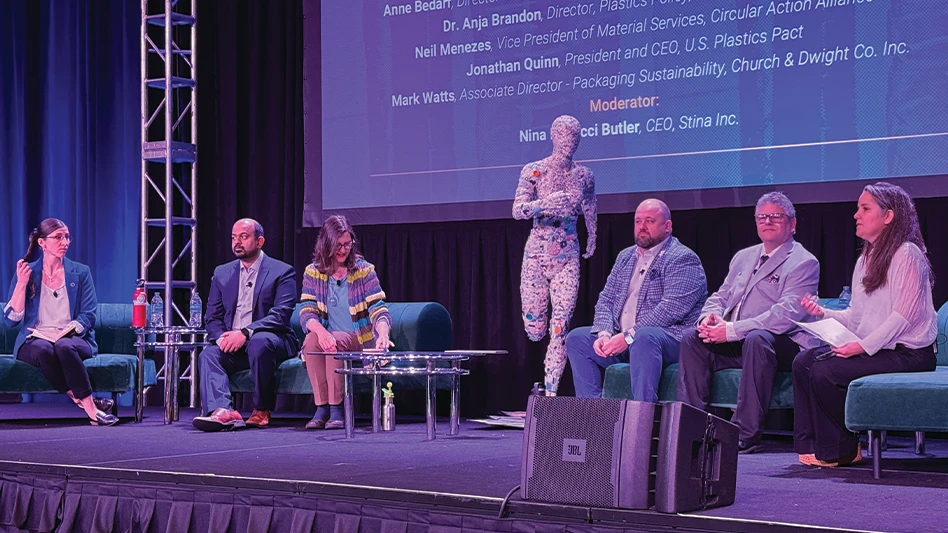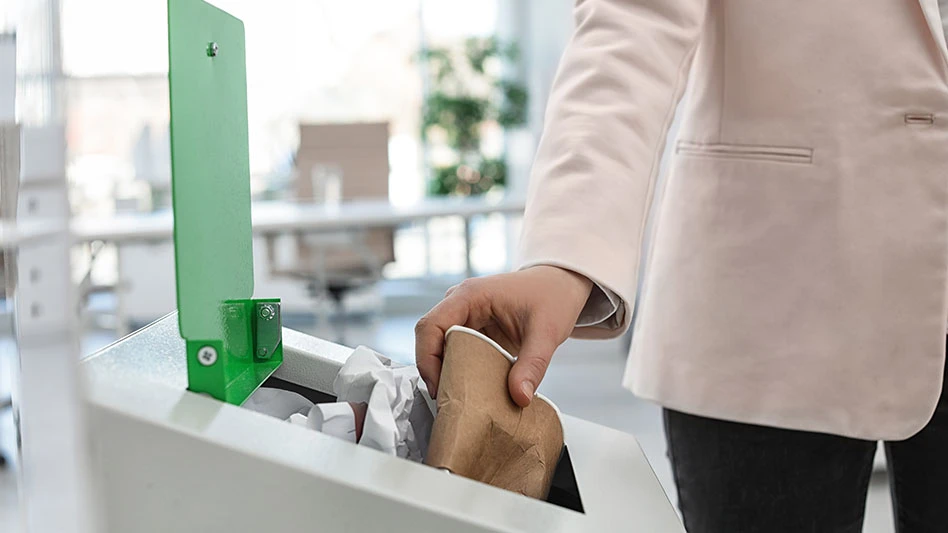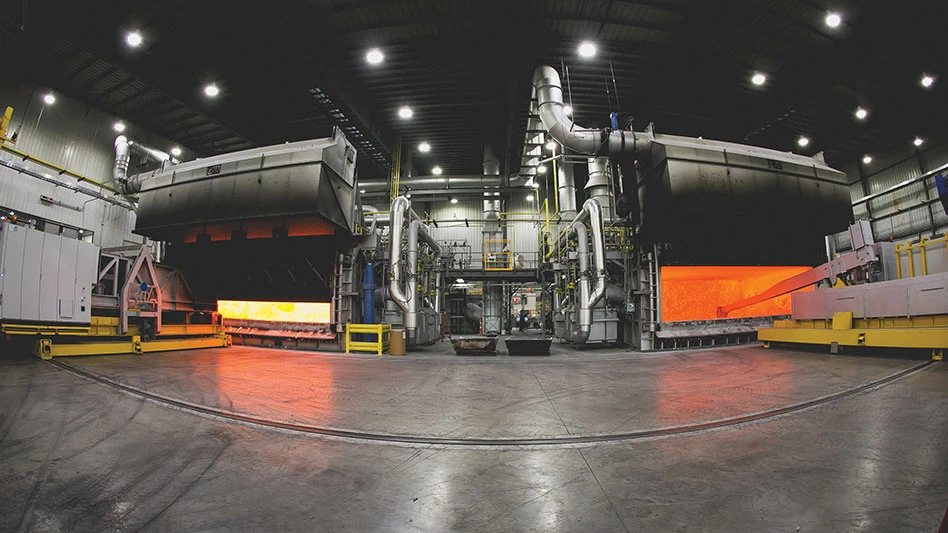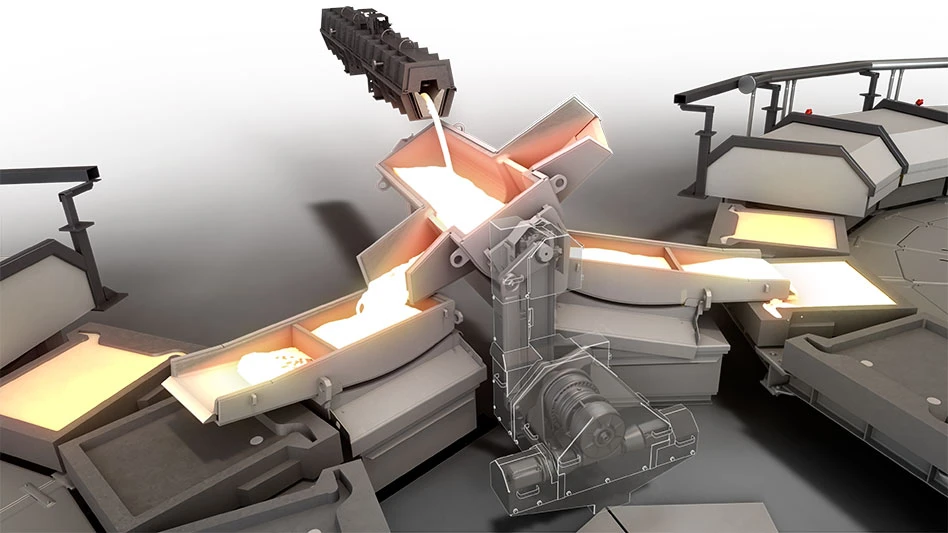
Photo courtesy of Celsa Group
Barcelona-based electric arc furnace (EAF) steelmaker Celsa Group has issued a circularity report saying it is is on the verge of achieving its sustainability goals set for 2050.
Currently, the company says, 97 percent of the steel it produces is made from recycled steel, adding that the scrap usage rate brings it close to the goal of becoming carbon net positive and achieving total circularity by the middle of the century.
The company, which earlier this year was taken over by a group of creditors from a former family ownership group, operates EAF mills in Spain, Norway and the United Kingdom, plus downstream service centers and upstream scrap yards in several European nations.
On the financial side, the new ownership group says it is on course this year for a record-breaking year for turnover sales, reaching 6.109 billion euros ($6.73 billion).
In its circularity report, Celsa says all the steel used in the company’s products is recyclable, adding that its circular production system also allows for a recovery rate of 95.1 percent for production process waste.
“The company has also recovered over 80,000 tons of nonferrous material and 432 tons of plastics, ensuring the recovery of 1.37 million tons of co-products," Celsa says.
Regarding emissions, Celsa says the use of scrap as its predominant raw material, melted in EAFs, releases nine times less CO2 into the atmosphere than traditional blast furnace systems.
The company’s EAFs will produce 5.5 million tons of steel this year, helping to avoid “the extraction and consumption of 11 million cubic meters of natural resources, equivalent to more than 10 times the volume of the Empire State Building.” Presumably, Celsa is referring to iron ore and coal or coke needed to make steel in a blast furnace.
Celsa also says the EAF method also prevents the emission of 10 million tons of CO2 into the atmosphere in 2022, which it says is equivalent to the pollution from 2.2 million cars driving continuously for an entire year.
The scrap-fed EAF process is critical to the company’s claim that it will achieve circularity and complete decarbonization by 2050.
Celsa says using scrap instead of iron ore initially also reduces its potential water consumption by 40 percent. “Additionally, 16 percent of the water received by Celsa Group is reused in the processes," it adds.
The company also has focused on using electricity from renewable sources. It has increased its use of alternative energy “eightfold,” Celsa says, reaching 185,555 megawatt hours, via purchasing origin guarantees, thereby reducing non-renewable electricity consumption by 21 percent.
The company's roadmap is shaped by the United Nations Sustainable Development Goals (SDGs) and the initiatives outlined in the Green Deal, aiming to lead the European Union toward ecological transition and to achieve climate neutrality by 2050.
Latest from Recycling Today
- Unifi launches Repreve with Ciclo technology
- Fenix Parts acquires Assured Auto Parts
- PTR appoints new VP of independent hauler sales
- Updated: Grede to close Alabama foundry
- Leadpoint VP of recycling retires
- Study looks at potential impact of chemical recycling on global plastic pollution
- Foreign Pollution Fee Act addresses unfair trade practices of nonmarket economies
- GFL opens new MRF in Edmonton, Alberta

